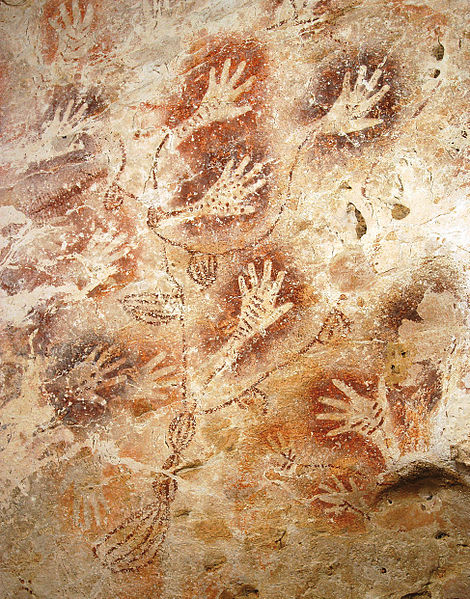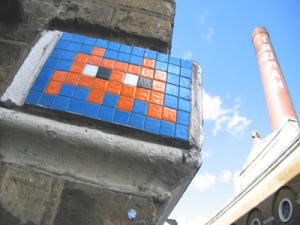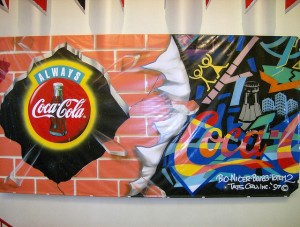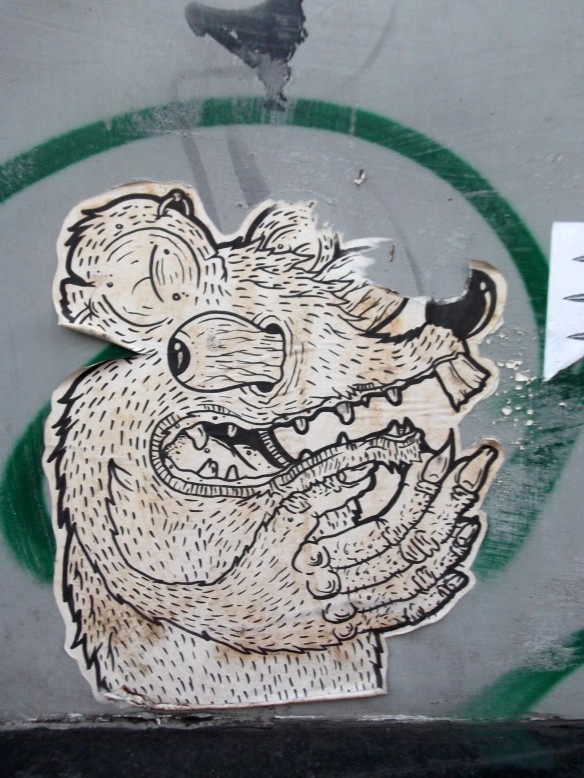The tradition of drawing on walls is not new, its roots can be traced back to the ancient Rome, or even further- to the Upper Palaeolithic period:
 A fragment of rock paintings in the Lascaux cave, France
A fragment of rock paintings in the Lascaux cave, France
The cave was doscovered in 1940s by four boys trying to rescue their dog. The time when the paintings were made is estimated to be circa 15 000 – 13 000 B.C. The collection of over 150 paintings and a staggering number of 1500 petroglyphs was made and perfected over a period of time of about 70 years by various artists. The perfectly preserved colours are a result of using carbon based (for black) and iron oxide based (mainly ochre) pigments. The purpose of the cave art found in Lascaux is unclear, although it is speculated it could have been for ceremonial, partially ornmental and communicative reasons.
Lets take a look at another continent- Southeast Asia and Oceania- and namely Indonesia- it has an impressive collection of 53 caves displaying rock painting, scattered all over the archipelago, most of which are famed for their remarkably preserved hand prints displaying unique patterns composed with dots, dashes and lines traced back to Paleolithe.
Gua Tewet, Borneo, Indonesia
The hand stencils are thought to be linked to traditional healing rituals, during which a shaman uses his hands to transfer his energy to cure the sick. No animal bones or pottery was found in a vast majority of the Indonesian caves, supporting the theory that the caves (most of them placed in hardly accesible locations) were used for ritual practices, still taking place in places like Borneo.
Pompeii graffiti
Pompeii and Herculaneum (asleep under a thick layer of ash and pumice after the eruption of Vesuvius for 1670 years) was discovered in 1749. The walls of both of those ancient Roman city preserved untouched examples of early graffiti of often political and sexual nature, with often display of vulgar language (which could be compared to the vulgarities of contemporary sexual graffiti).
———————————————————————————————–
Urban Graffiti
 Now the origins of modern day graffiti are attributed to New York’s Bronx of 1960s and 70’s (those started off as letter-based graffiti and tags) as a reaction of young, underrepresented people to the tense political and social situation of the time. Most of the mentioned graffiti was created using spray cans techniques, in rare occasions home-made stencils, placed on the walls and vehicles of mass transport- this mobility allowed the writers to popularize their tags beyond the close area and ultimately exchange stylistic references with other writers. Graffiti, though illegal since it took a form of vandalism, gave one a chance of being able to mark and announce their presence and express their opinions and make them visible in the hour of mass cuture where a voice of the low class was of no-one’s interest. Photographer Jon Naar puts it this way: ”Via trains and buses the writers sent their messages to more affluent parts of the city as well as leaving their mark on public spaces”. The practice of individuals writing their graffiti names concequently allowed the writers to be recognised throughout the city while maintaining anonymity. The phenomenon of graffiti is the essence of its existence- its visual complexity and simultaneous conceptual simplicity.
Now the origins of modern day graffiti are attributed to New York’s Bronx of 1960s and 70’s (those started off as letter-based graffiti and tags) as a reaction of young, underrepresented people to the tense political and social situation of the time. Most of the mentioned graffiti was created using spray cans techniques, in rare occasions home-made stencils, placed on the walls and vehicles of mass transport- this mobility allowed the writers to popularize their tags beyond the close area and ultimately exchange stylistic references with other writers. Graffiti, though illegal since it took a form of vandalism, gave one a chance of being able to mark and announce their presence and express their opinions and make them visible in the hour of mass cuture where a voice of the low class was of no-one’s interest. Photographer Jon Naar puts it this way: ”Via trains and buses the writers sent their messages to more affluent parts of the city as well as leaving their mark on public spaces”. The practice of individuals writing their graffiti names concequently allowed the writers to be recognised throughout the city while maintaining anonymity. The phenomenon of graffiti is the essence of its existence- its visual complexity and simultaneous conceptual simplicity.
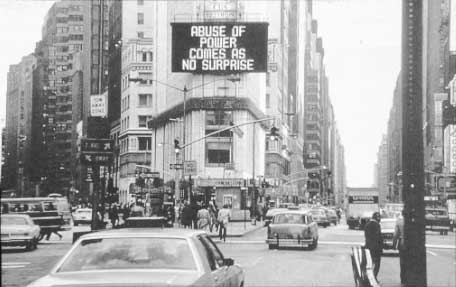 Jenny Holzer- Times Square Show, 1980
Jenny Holzer- Times Square Show, 1980
Holzer, a conceptual artist, is famous for her works in which she uses truistic statements. Here, the phrase is an example of such truism, whih through its obvious nature forces the public to contemplate it, though her statements are somewhat oblique. Her first works were printed on paper wheat-pasted onto buildings, or as in this case- on one of the Times Square LED bilboards.
While stylised tags have been long used in the tradition of street art, individualised characters and symbols quickly become a popular practise. Some street artists compete between each other in terms of size, visibility and location of their pieces, while others conceptualise their work- an example of such can be Invader:
The Space Invader mosaic on a facade of a public building
Invader is a French artists born 1969 using an icon of a video game-derrived space character as his logo. He executes his space invaders in a mosaic form, giving it permanency far superior to those of paint or paper (they are also more difficult to remove). The tiles function as pixels, making the body of the game character. The ‘Invasion’ spreaded first across French cities and then 22 counties worldwide. Invader treats his work as urban play- locations of his logos are scattered around the city, forming a shape of the space invader itself. It all creates quite a fine art approach to street art, since the artist is inviting to view his work in a very physical way and thus experience the city through the invader characters, which also replicates the exploration one would experience during video games, bringing the artist’s concept right to the roots of his pseudonym.
Graffiti became used as means of advertising, an example of which is work by Tats Cru:
Graffiti has ben used as a means of advertising both legally and illegally- Bronx-based Tats Cru has made a name for themselves doing legal advertising campaigns for companies like Coca-Cola, McDonalds, Toyota and Sony. This is a example of a commercial use of graffiti, which in result has a devaluating effect on street art, since it’s point has been turned and it’snt being used the way it was originally intended to be- while to an extend logos, tags and personal style advertise the writer/artist, the ultimate goal was never to sell a priduct, but rather to create a place in the landscape of the city that would serve the artistic expression of an individual.
Take a look at this brilliant example of using graffiti in advertising- the idea of graffiti taking over a city is copied:
Vauhall Corsa advertisement, 2011
Now lets take a look at a very different place where graffiti is used as a political statement, giving the voice to those who politics ignored- the Palestinian Wall. ”The Israeli government is building a wall surrounding the occupied Palestinian territories. It stands three times the height of the Berlin Wall and will eventually run for over 700km- the distance from London to Zurich. The wall is illegal under international law and essentially turns Palestine into the worlds largest open prison. It also makes it the ultimate activity holiday destination for graffiti writers.” (Banksy, 2005)

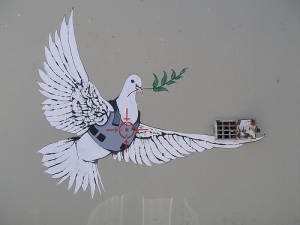

 Various examples of graffiti taken from the wall of Palestine, including pieces by Banksy
Various examples of graffiti taken from the wall of Palestine, including pieces by Banksy
The graffiti transformed the wall into a canvas of resistance and solidarity.
————————————————————————————————
I took a journey around Leeds to fish out some examples of street art. I have found a variety of styles and techniques, from tagging with a permanent marker to witty stencils in back streets:
Spray can throw-ups:
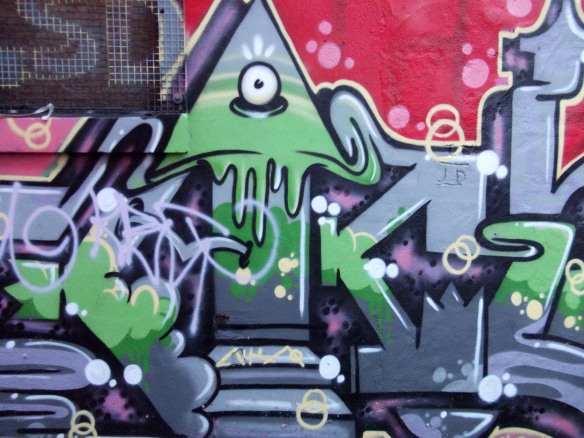
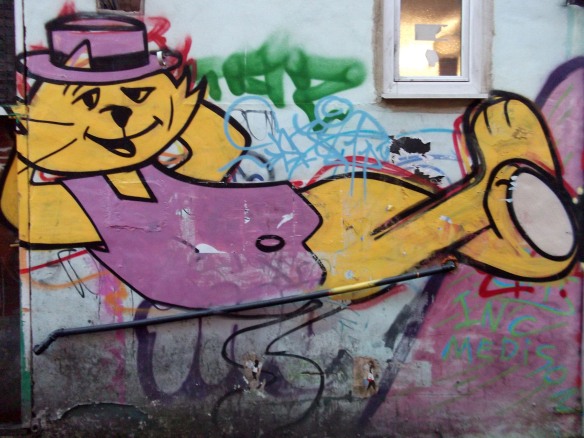
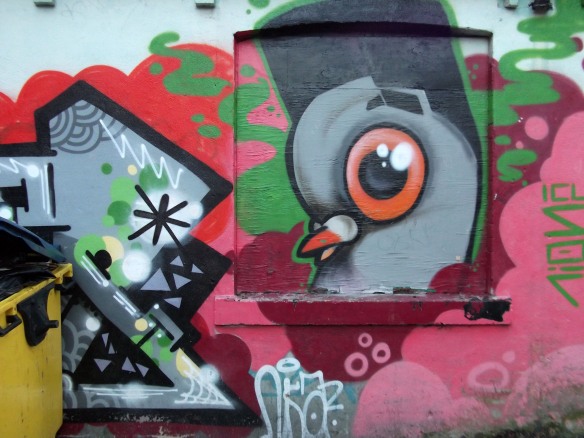 Graffiti made with stencil motif repetition (notice the clever play on words and the rather strategic placement of the flies- over a notorious site of fly tipping) :
Graffiti made with stencil motif repetition (notice the clever play on words and the rather strategic placement of the flies- over a notorious site of fly tipping) :
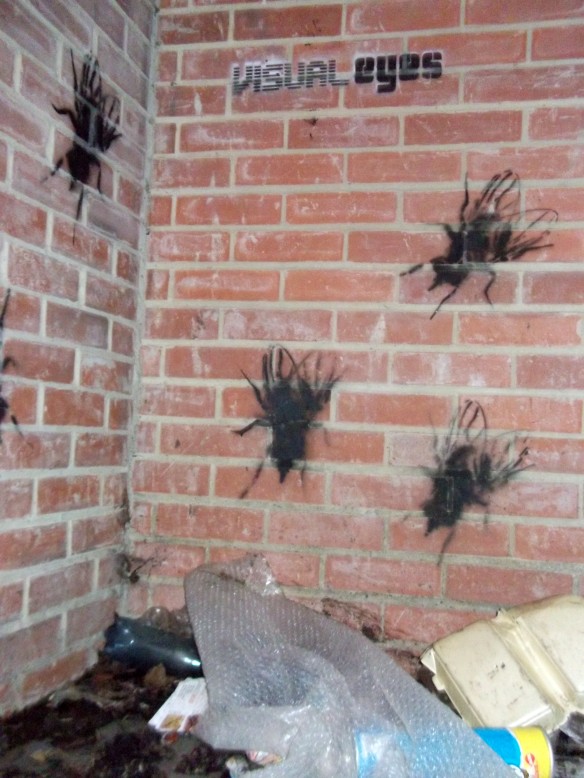 A series of anonymous words (spelling out whole sentences as you follow the wall) I found scattered over brick walls of Leeds back streets:
A series of anonymous words (spelling out whole sentences as you follow the wall) I found scattered over brick walls of Leeds back streets:



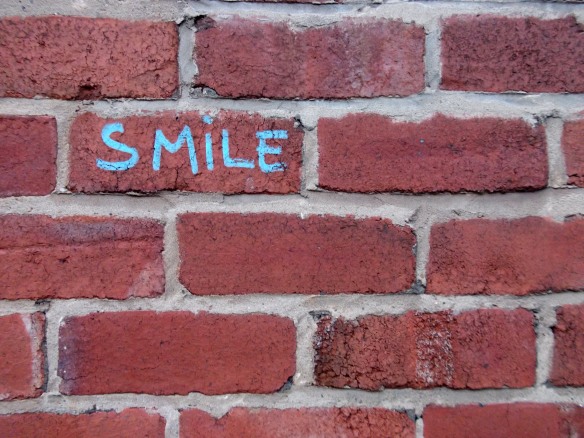
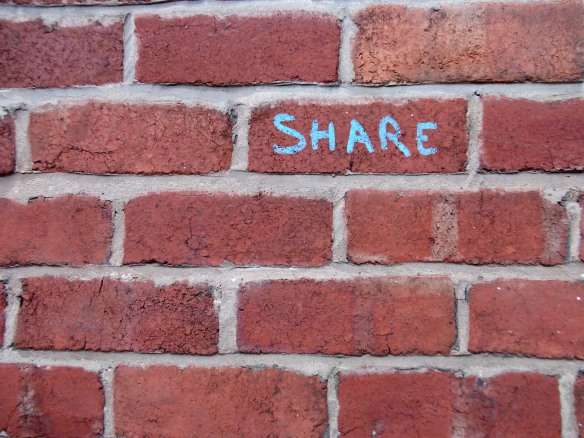

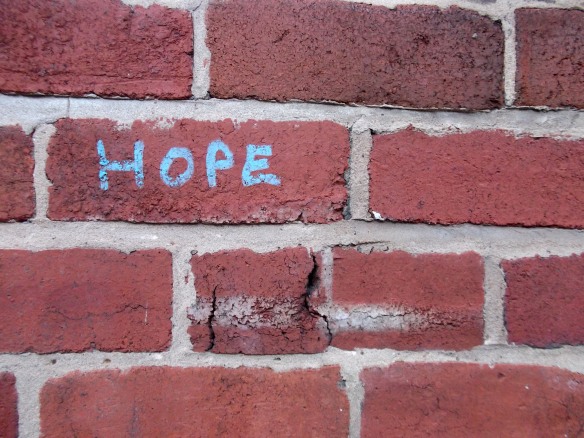 Two examples were drawn on paper and pasted onto the facade (the first example clearly showing the impermanence of this technique):
Two examples were drawn on paper and pasted onto the facade (the first example clearly showing the impermanence of this technique):
Knowing the power graffiti brings but at the same the destructive effect on the cityscape it can have, we must answer the question not wether it’s right or wrong, but where lies the line between street art and vandalism?
